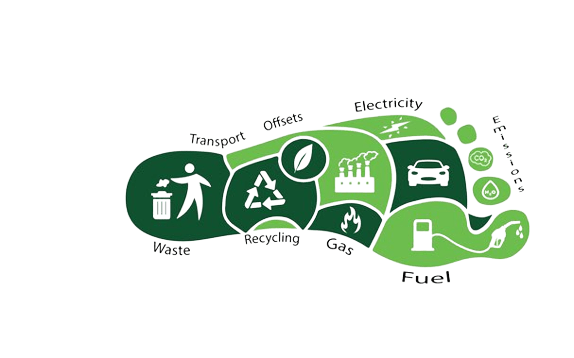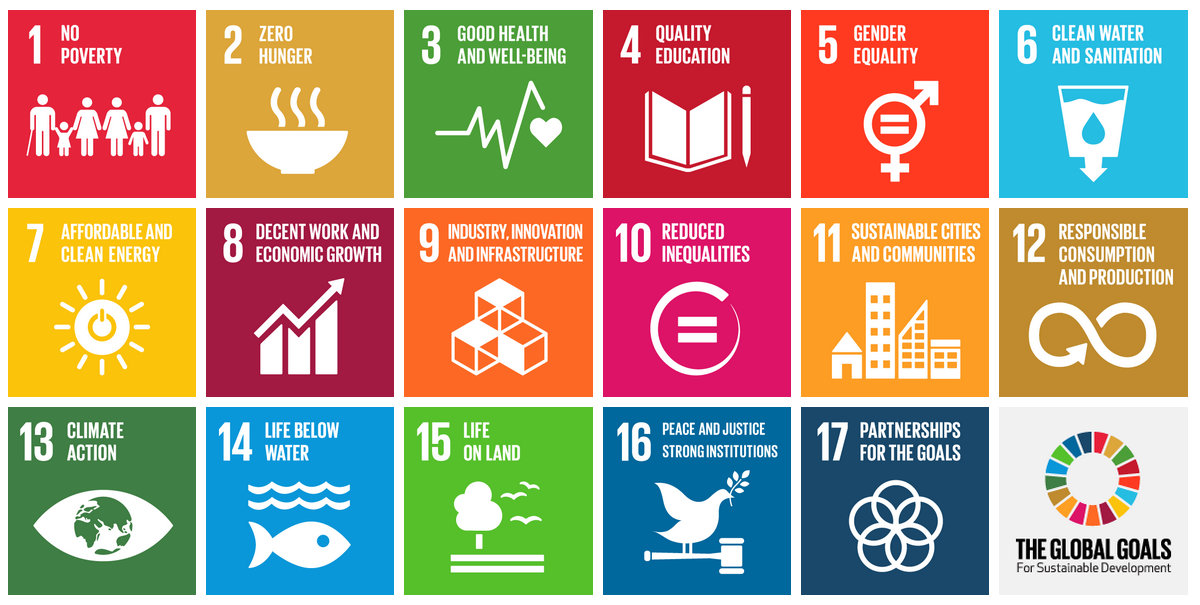



Community-based tourism is a type of tourism where local communities invite tourists into their communities, giving them insight into their culture and daily lives. It also a form of sustainable tourism that allows travelers to connect closely to the local community they visit. It refers to tourism in which people of the region (typically rural, poor, and economically disadvantaged) encourage tourists to stay overnight in their communities. Land managers, entrepreneurs, service and produce suppliers, and employees are among the locals' sources of income. At least a portion of the tourist revenue is put aside for projects that benefit the entire community. Community-based tourism allows visitors to learn about local environments and species while also honoring and respecting their cultures, traditions, and knowledge. The community will be aware of the financial and social value put on its natural and cultural heritage as a result of tourism, which will encourage community-based resource conservation.

Voluntourism is a form of tourism in which travelers participate in voluntary work, typically for a charity. Voluntourism range in age and come from all over the world. The work they do can be related to agriculture, health care, education and many other areas.
Volunteer tourism refers to an adventure that requires physical and mental abilities to help the community. Besides often performed in a systematic situation that requires the integrity of all parties involved in the search and leisure to make the programmed successful, volunteer tourism has also been increasing significantly due to efforts to commercialize this type of tourism to the public.
Travelers may engage with the local people and learn about the diversity and customs of another country. Considering homestays, farm visits, group cooking and handicraft, storytelling, village excursions, and other activities that provide insight into their everyday lives. These kinds of activities lay the groundwork for a greater understanding and awareness of another culture's ideas and social conventions. This is exactly what we need to build a future-proof tourist sector that preserves local culture and natural resources for future generations!


We need the help from government, NGO, school, teacher or anyone want to volunteer to do this programmed. But the essential of the part in this is one of big company want to join us to enliven the atmosphere in volunteering cleaning Gaya Island especially Corporate Social Responsibility (CSR).

Introduction: It can be defined as a guiding business policy whereby tourism companies integrate social and environment concerns in their own business mission, strategies, and operations as well as in their interaction within their stakeholders.
The term corporate social responsibility (CSR) refers to the practices and policies pursued by a company that aim to exert a positive influence on the world. The main idea behind CSR is for companies to pursue other pro-social objectives, in addition to maximizing profits. It can be called as "Kill two birds with one stone". Through the tourism aspect, it can be done by fellow employees to do teambuilding among them. For examples of common CSR objectives include minimizing environmental externals, encouraging volunteerism among company employees, and donating to charities. This can be considered as one of the things to release employee tension other than working straight. Usually, the company that always makes Corporate Social Responsibility (CSR) is Faizah on the TV channel, Bersamamu. They give small donations like rice and do some volunteer work to the local community. This is indirectly able to increase their profits by showing on TV as a sign of support. Indirectly, cooperation between employees in doing volunteer work can be done.
Why Should a Company Implement CSR?
Many companies view CSR as an integral part of their brand image, believing that customers will be more likely to do business with brands that they perceive to be more ethical. In this sense, CSR activities can be an important component of corporate public relations. At the same time, some company founders are also motivated to engage in CSR due to their convictions.
The employee will get a benefit like:







The movement toward CSR had an impact in several domains. For example, many companies have taken steps to improve the environmental sustainability of their operations, through measures such as installing renewable energy sources or purchasing carbon offsets. In managing supply chains, efforts have also been taken to eliminate reliance on unethical labor practices, such as child labor and slavery.
Although CSR programs have generally been most common among large corporations, small businesses also participate in CSR through smaller-scale programs, such as donating to local charities and sponsoring local events.


